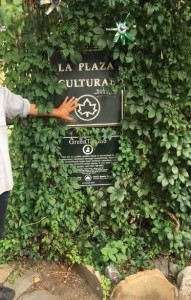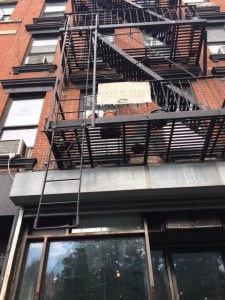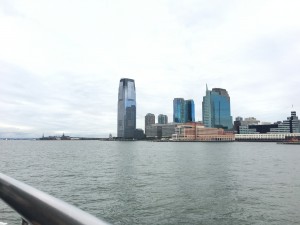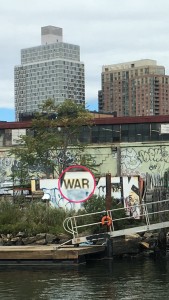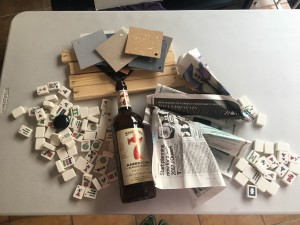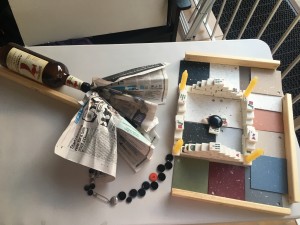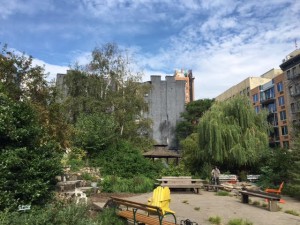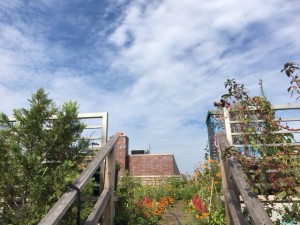When we look at the city’s landscape we see its glory and beauty of its mesmerizing view. However, what has not been revealed to the viewer is the environmental defaults that are emerging through time within consumer culture. The circle line field trip was definitely an eye opening experience as to what sustainable systems really consists of. Artists like Chris Jordan who photograph garbage and mass consumption really challenge society to raise awareness through his unsettling, yet bold imagery within his works. For instance, the plastic and wastes found inside of birds and the crashed cars. I believe that his art pushes boundaries and is crossing lines between art, activism, beauty versus grotesque and representation. It makes us reconsider our everyday lifestyles and be more conscious of our actions that are affecting our world. While we were on the boat trip, we faced the “hidden” truth of what has been glaring at us all along. Humans are at war with the environment.
Month: September 2016
Constructing Identity: The Self-Portrait
Integrative Studio I: Fake
Sandra Erbacher
Aziza Rozi
Artist Statement
Identity can be categorized into real, fiction and performance by our behavior and action to fit into the “social norms” of society. In the process of creating these images, I discovered that I am an individual who is not afraid to expose the rawness of my identity and anything that defines who I am. The 6 images that I am presenting to the viewers are composed of race, gender, religion, and masculinity versus femininity. In the matter of space and time, my identity shifts through the masks that I wear to perform an act that the audience is not prepared to see. My Asian roots, my Islamic religion, my masculine and feminine persona all intertwined as one, to unify my being. The stereotypes behind my identity are common to society. For instance, seeing a woman wearing a brand name Burka, juxtaposing two women with hairstyles that represent their “gender”, a female with a skateboard in comparison with a male figure. I want the viewer to question him or herself, what does it mean to be an Asian or an American Muslim? Why does the division between men and women exist? What is gender? Overall, my work of art expresses my innate characteristics from what is real or fake; in the order that I placed my photographs, I used Aziza Rozi to express the emotional cycle of stereotypes that are reoccurring in our society.
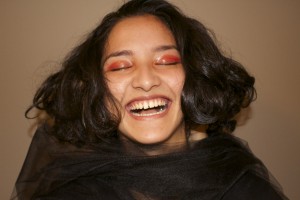

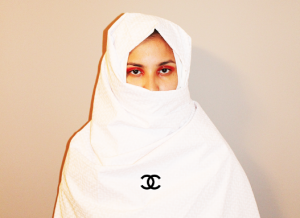
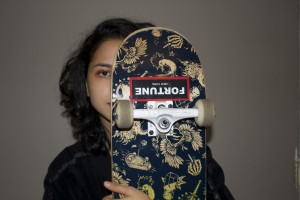
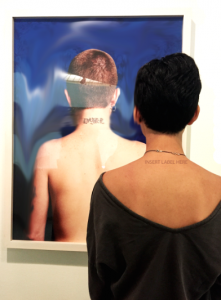
Documentation of my Garbage
Throughout the past week, I have recorded my garbage and the most that came out of it was paper and unwanted materials that were thrown out. I used paper, wood, tile swatches, board game pieces, buttons, candles and whiskey glass bottle to create a “kingdom” of garbage. The paper is splurging out of the bottle to represent our destructive system. It is causing polluted spectacles to form our so-called glorious “NYC” life.
MORUS Museum Field Trip
